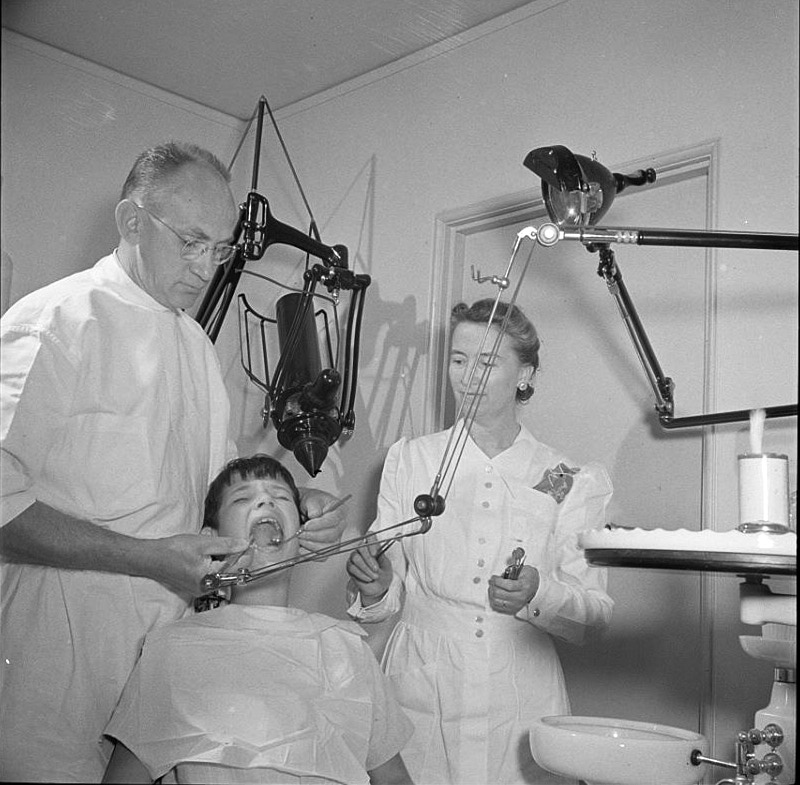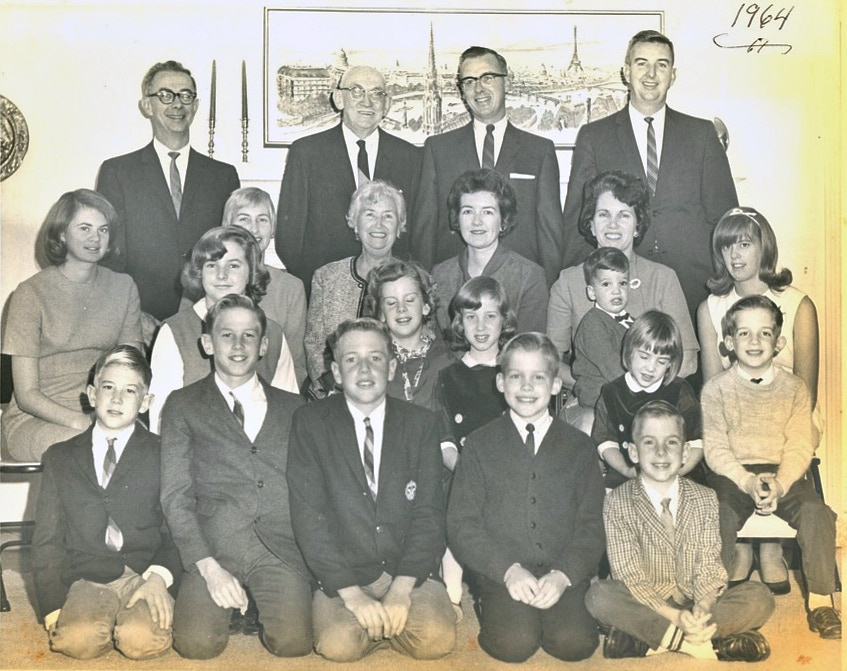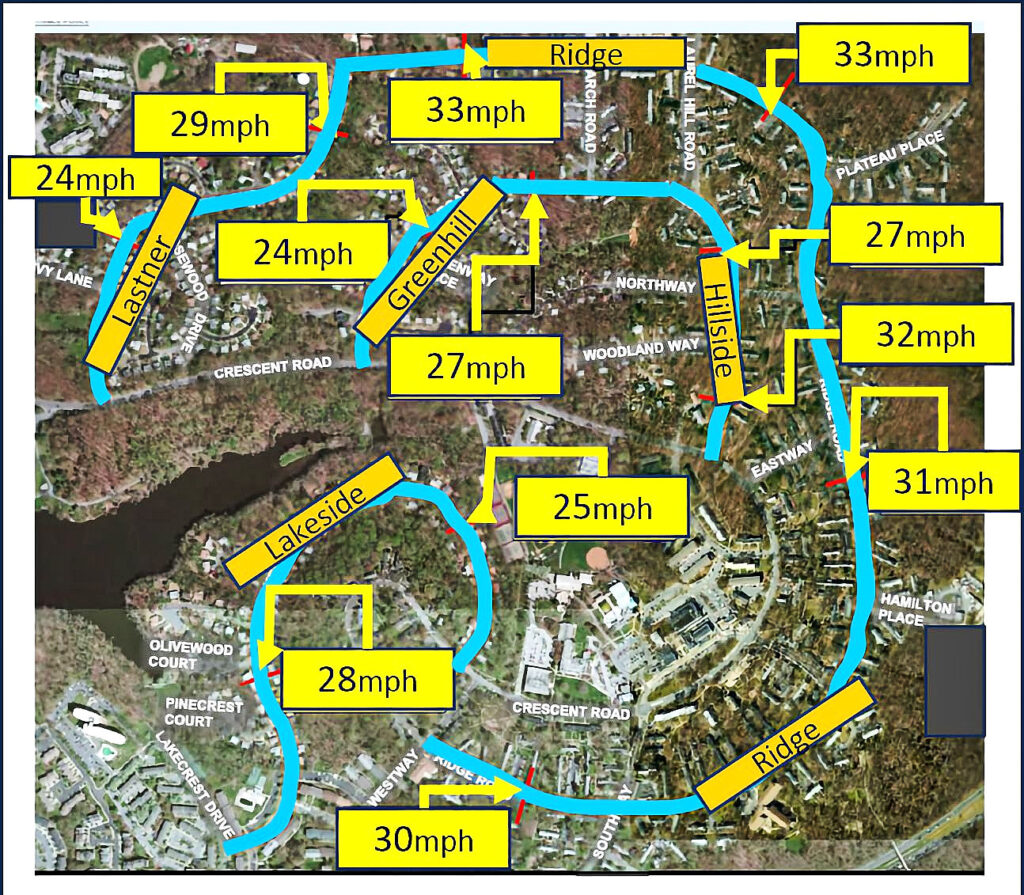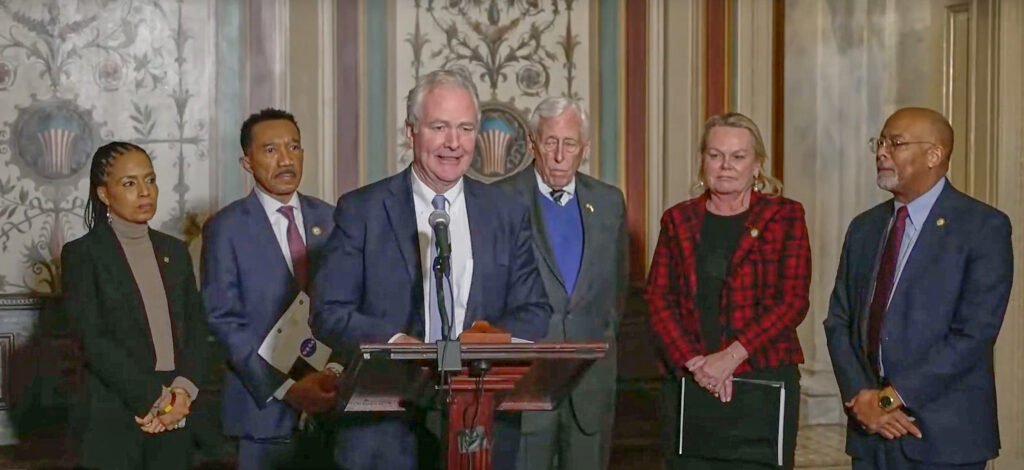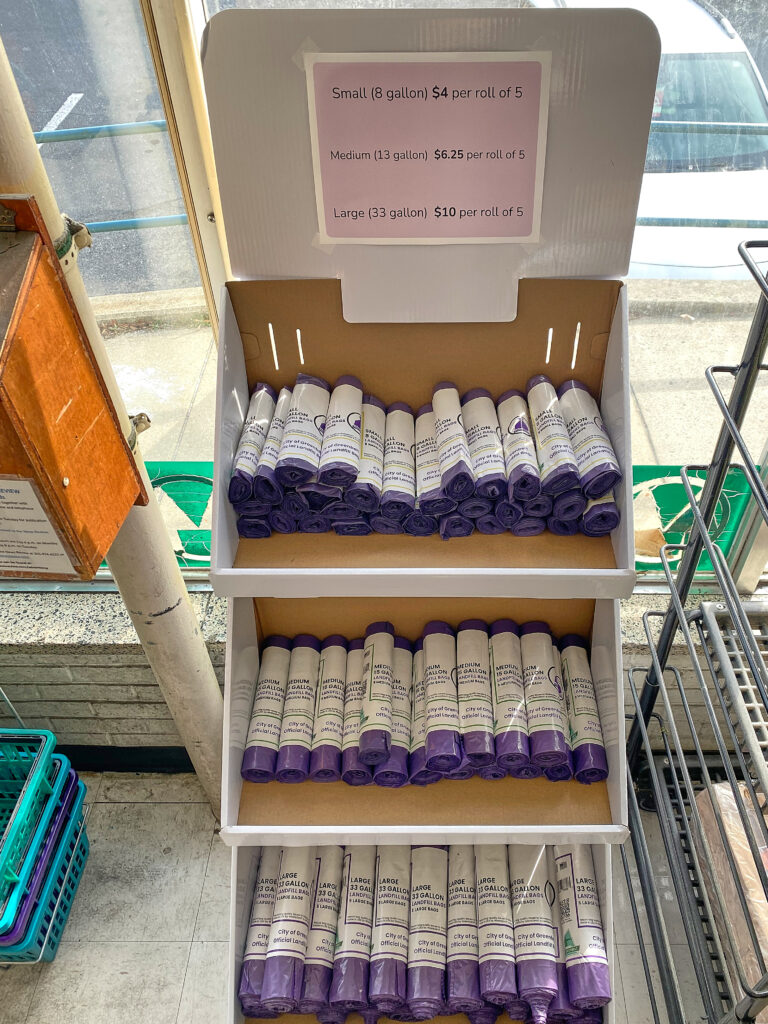The McCarl Dental Practice is celebrating the 100th anniversary of its founding. James W. McCarl started it off. He was born in Mapleton Depot, Pa., in 1895 and at age 15 went to Washington, D.C., where he found work and finished high school. He joined the U.S. Army and served in France during World War I, remaining in Paris for an additional year with the Peace Commission. When he returned to the U.S., he enrolled first at Georgetown University and then at the Baltimore College of Dental Surgery, graduating in 1924 in the first combined class with the University of Maryland Dental School.
James W. opened his first dental office later that year in the front room of the family home in Baltimore, with his wife Delpha as dental assistant. He had plenty of patients, but during the Depression years, few people had the money to pay for dental care. When he learned that the new town of Greenbelt was looking for a dentist, he applied, assuming that the many residents with federal jobs would be better able to pay for dental services. In late April 1938, he opened an office in 30-A Ridge Road, Greenbelt’s first health center, and in June 1938 teamed with Dr. James Dryden, Greenbelt’s first medical doctor, in providing free physical examinations for Greenbelt children entering school in the fall, which were given annually into the 1940s, maybe longer.
Family Moves Here
The McCarls moved to Greenbelt with their three children ‒ Mary Jean, James T. and Clayton ‒ in the summer of 1938 and quickly became involved in the community. James W. was a charter member of Greenbelt American Legion Post 136 and served as Post Commander during 1940-41. Delpha was a charter member of the Legion Auxiliary and the Greenbelt Woman’s Club, and both McCarls were charter members of Greenbelt Community Church. By August 1938, young Mary Jean was a cub reporter gathering neighborhood news for the Greenbelt Cooperator, and she went on to play basketball with the Greenbelt High School girls team several years later. The boys were soon competing in swimming events and in June 1940 played piano in a recital by Mrs. Kinchaloe’s piano pupils. Young Clayton in particular was a performer, playing (and singing) the role of Tom Sawyer in Greenbelt Elementary School’s production of Tom Sawyer and Huckleberry Finn in 1941 (see front-page photo, greenbeltnewsreview.com/issues/coop19410411.pdf) and doing impersonations in a school amateur hour in March 1942.
Practice Enlarges, Moves
Both McCarl sons went on to become dentists, graduating from University of Maryland Dental School. James (who’d become known as J. Taylor) got his degree first and joined his father in practice in June 1955, with Clayton following in 1956. By then the dental practice had moved to its present location across the street at 28 Ridge Road. According to Clayton’s son Jay McCarl, J. Taylor and his family had moved into 28-A Ridge, and he and his father converted 28-B into a dental office. After Clayton joined the practice, they knocked out the first-floor center walls between 28-A and 28-B to make one big dental office, also removing the tubs in the upstairs bathrooms to create a narrow hallway between the units.
Next Generations
James W. practiced dentistry until his death in 1967. By then, the next generation of McCarl dentists had been born, with Clayton’s sons Clayton Jr. and Jay joining the practice in 1984 followed by J. Taylor’s son David a few years later. Sally McCarl Moore, Clayton Sr.’s daughter, joined the practice in 1980 as a dental hygienist. She and her grandmother Delpha may have inspired other McCarl women to work in dentistry, including Clayton Jr.’s daughter Ashley and J. Taylor’s granddaughter Amanda, who both are dental hygienists.
When asked if there was family pressure to pursue dentistry, Jay McCarl responded: “The only pressure to become a dentist that I experienced was when I was a kid, walking around the Center. People would know who I was and ask, ‘Are you going to be a dentist like your father and grandfather?’ My dad never really put any pressure on me. I just got to college and asked myself, ‘What am I going to do?’ Dentistry seemed like a good career, as my dad was a respected member of the community and we had a good life.”
J. Taylor retired from dentistry in 1987 and Clayton Sr. in 1996. The McCarl practice expanded in 2001 when Clayton Jr., Jay and David McCarl opened a second office in Millersville, Md.
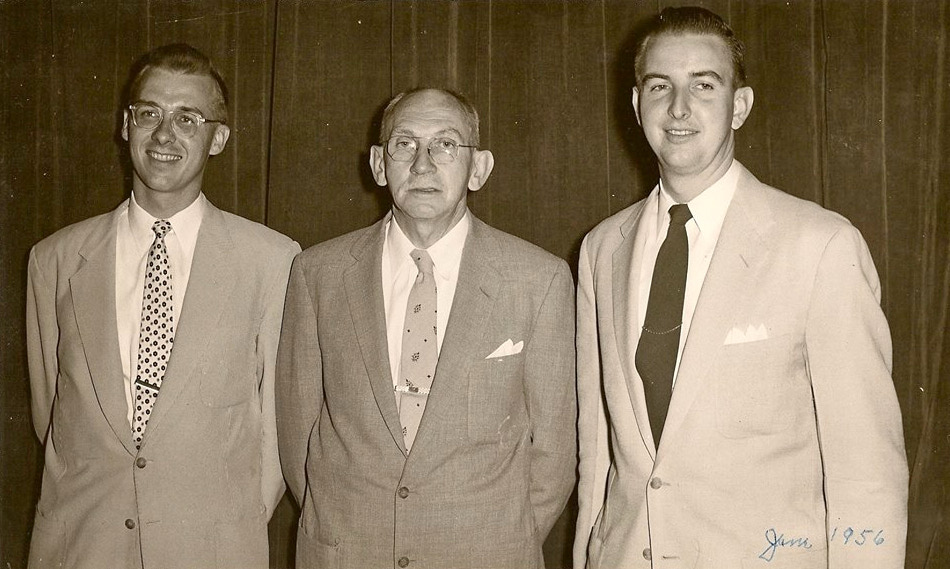
100 Years of Dentistry
Jay McCarl detailed some of the advances in dentistry since his grandfather began practice.
In the early years, novocaine had to be prepared each day, as it did not have a stable shelf life, and the syringes were not as thin and sharp as today’s. Dental drills were belt driven and slow, and there was no high-speed suction to remove water from a patient’s mouth. Only silver amalgam and gold were available to restore teeth, and James W. cast the gold himself. There was relatively little preventive care, and he often had to provide emergency treatment for toothaches and infections. He also made a lot of dentures.
Premade, pH-buffered novocaine derivatives made anesthesia much easier in the 1960s. The high-speed, water-cooled drill made treatments faster and easier for both dentists and patients. Better filling materials, digital X-rays and intra-oral photography have made it faster and easier to identify problems and to communicate with patients. Preventive periodontal care reduces the incidence of gum disease and loss of teeth. Now, the McCarl practice uses three-dimensional X-ray (cone beam CT scan) to sculpt crowns and implants on the computer and a state-of-the-art milling machine to make crowns the same day.
Probably the biggest challenge of the past 100 years was the recent Covid pandemic, which closed the McCarl Dental Practice for a few months except for emergency treatments and required the dental staff to armor themselves with personal protective equipment to protect patients and themselves against the virus. A story in the July 16, 2020, issue of the News Review details other changes to the dental office and patient care practices that had to be made during the pandemic.
The Future
David McCarl has retired from dentistry, and there are no next-generation McCarl dentists to replace Clayton Jr. and Jay when they retire. But Jay McCarl says: “The practice is in great hands, with Dr. Dianna Lee and Dr. Richard Duarte as younger partners manning the ship.”
